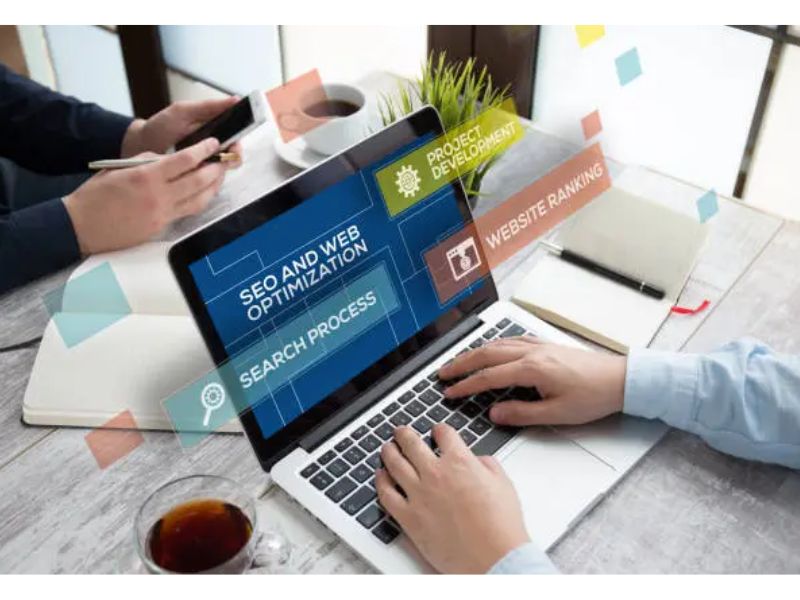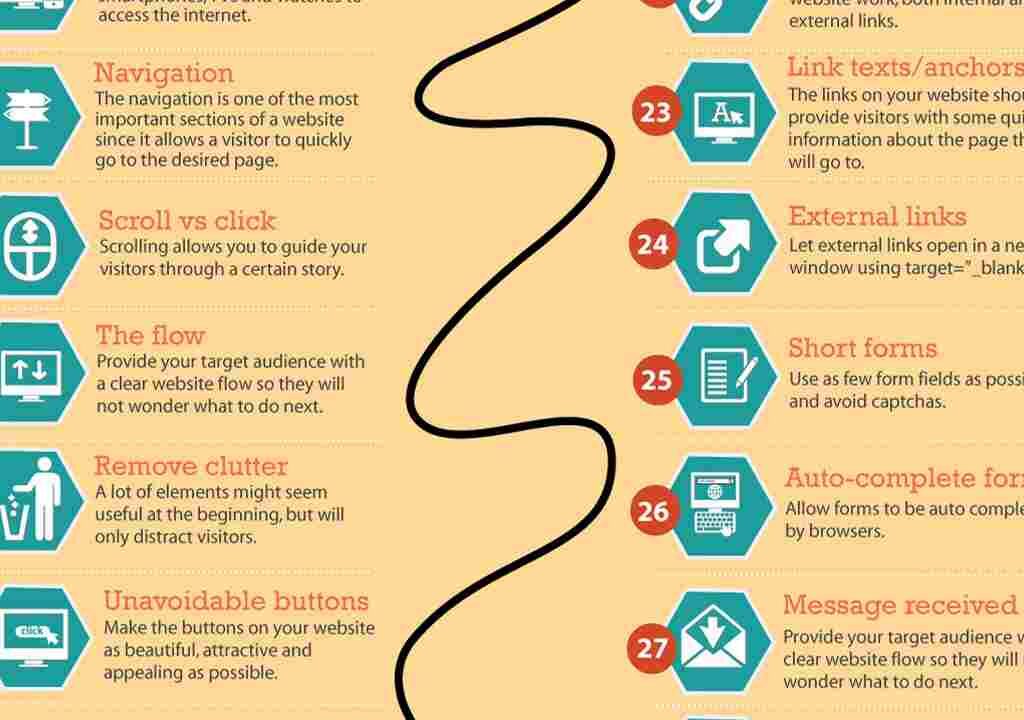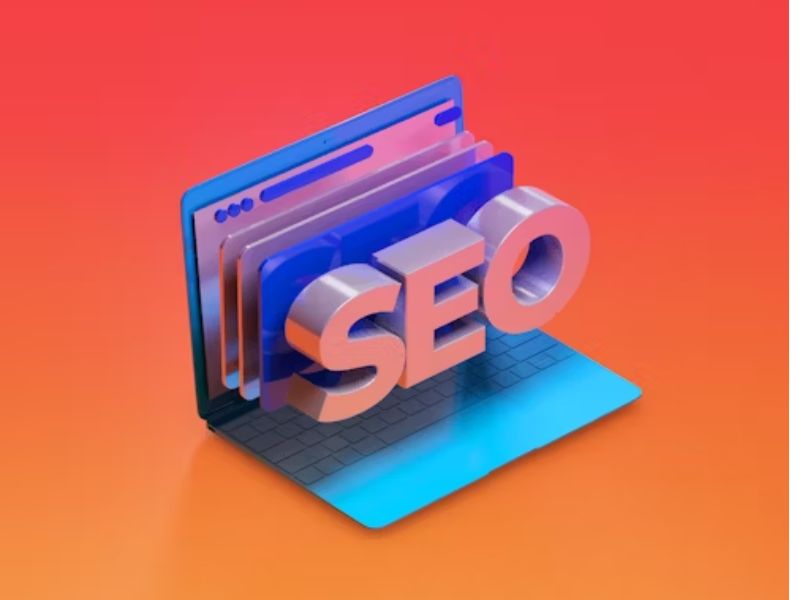Introduction: Why Website Development Matters in 2025

In today’s digital-first world, a website is more than just an online presence—it’s your brand’s identity, storefront, and sales engine rolled into one. Whether you’re an entrepreneur, a freelancer, or someone curious about the tech world, understanding website development is no longer optional.
But here’s the challenge: with AI-driven builders, low-code platforms, and constantly evolving design trends, beginners often feel overwhelmed. Do I need to learn coding? Should I use WordPress or a website builder? How do I make sure my site looks professional?
This complete beginner’s guide to website development in 2025 answers those questions—and more—by breaking down the process into simple, actionable steps.
What Is Website Development?
At its core, website development is the process of creating, building, and maintaining websites. It covers two main areas:
- Frontend Development – What users see (design, layout, interactivity).
- Backend Development – What happens behind the scenes (servers, databases, logic).
In 2025, the line between the two has blurred thanks to AI tools, no-code platforms, and integrated CMSs (Content Management Systems) that allow even non-developers to create professional websites.
👉 Think of it this way: backend is the engine, frontend is the car’s design, and together, they drive your digital presence.
Website Development in 2025: What’s Changed?
The web in 2025 isn’t the same as it was five years ago. Here are key shifts beginners should know:
| Trend | Then (2020) | Now (2025) |
|---|---|---|
| Website Builders | Basic drag-and-drop, limited features | AI-powered builders (Wix ADI, Hostinger AI Website Builder, Framer AI) that create full sites in minutes |
| Coding | Must learn HTML, CSS, JS for custom sites | Low-code/no-code dominates; coding is optional but still valuable |
| Design | Templates looked generic | Responsive, personalized, AI-generated designs that adapt to user behavior |
| SEO | Manual optimization | Built-in AI SEO suggestions in platforms like WordPress, Shopify, and Squarespace |
| Performance | Speed was “nice to have” | Speed & Core Web Vitals are critical ranking factors |
In short: you don’t need to be a coding expert to start in 2025—but understanding the fundamentals gives you an edge.
Choosing the Right Path: Website Builders vs. Custom Development
One of the first decisions beginners face is whether to use a website builder or go for custom development.
1. Website Builders (Beginner-Friendly)
Perfect for personal blogs, portfolios, and small businesses.
- Pros: Easy setup, affordable, no coding required, built-in hosting.
- Cons: Limited flexibility, harder to scale, platform dependency.
- Popular Options: Wix, Hostinger Builder, WordPress.com, Squarespace.
2. CMS (Semi-Custom, Flexible)
Ideal for businesses, e-commerce, and content-heavy sites.
- Pros: Thousands of plugins, SEO-friendly, customizable.
- Cons: Learning curve, requires hosting & security setup.
- Popular Options: WordPress.org, Joomla, Drupal.
3. Custom Development (Advanced, Scalable)
For tech-savvy individuals and enterprises.
- Pros: Maximum control, scalability, unique branding.
- Cons: Expensive, requires coding skills or hiring developers.
- Tech Stack: HTML, CSS, JavaScript, React, Node.js, Python.
👉 Recommendation for Beginners: Start with a website builder or WordPress. Once comfortable, explore custom development if your project demands it.

The Website Development Process: Step by Step
Building a website is easier when broken down into clear steps:
Step 1: Define Your Purpose
Ask yourself: Why am I building this website? Common goals include:
- Portfolio (showcase your work)
- Blog (share insights & grow authority)
- Business site (attract leads & customers)
- E-commerce (sell products online)
Step 2: Choose a Domain & Hosting
- Domain = your website’s address (e.g., yourname.com).
- Hosting = where your site lives online.
In 2025, providers like Hostinger, Bluehost, and SiteGround offer one-click installations and affordable plans.
Step 3: Select Your Platform
- Beginners → Website Builders
- Content Creators → WordPress
- Advanced Users → Custom coding
Step 4: Design Your Website
Keep in mind:
- Mobile-first design is non-negotiable.
- Use clean layouts, modern typography, and whitespace.
- AI design assistants now suggest layouts based on your brand.
Step 5: Add Essential Pages
Every beginner website should include:
- Home (clear intro & call-to-action)
- About (who you are & what you do)
- Services/Products (what you offer)
- Blog (content for SEO & authority)
- Contact (easy ways to reach you)
Step 6: Optimize for SEO
- Use keywords naturally (like website development).
- Ensure fast load times.
- Add meta tags, alt text, and internal links.
- Tools like Yoast SEO or Rank Math simplify this.
Step 7: Test & Launch
Before going live:
- Check responsiveness (desktop, mobile, tablet).
- Test links, forms, and speed.
- Secure with SSL (https).
Step 8: Maintain & Update
Websites aren’t “set and forget.” Regular updates, backups, and performance checks keep them secure and relevant.

Common Beginner Mistakes (and How to Avoid Them)
- Skipping SEO – Even a great-looking site won’t succeed without visibility.
- Overloading with Features – Too many plugins slow your site down.
- Ignoring Mobile Users – 65%+ of traffic comes from mobile in 2025.
- Poor Branding – Generic templates hurt credibility. Customize your site to reflect your personality or business.
- Neglecting Security – Weak passwords and outdated plugins make you vulnerable.
Tools & Resources Every Beginner Should Try
Here are some beginner-friendly tools to make your website development journey smoother:
- Design: Canva, Figma, Adobe XD
- Development: Visual Studio Code, GitHub (for custom dev)
- SEO: SEMrush, Ahrefs Free Tools, Google Search Console
- AI Helpers: ChatGPT (content & code), Framer AI (design), Jasper (copywriting)
- Analytics: Google Analytics 4, Hotjar
Personal Insight: My First Website Development Experience
When I built my first website in 2018, I spent weeks wrestling with WordPress plugins, broken layouts, and hosting issues. Fast forward to 2025, the game has changed.
Today, I can build a professional site in less than a day using tools like Hostinger AI Builder or Framer AI, while still keeping control over SEO and design.
My advice to beginners: start small, learn by doing, and don’t chase perfection. Your first site won’t be flawless—but it’s the stepping stone to mastering digital presence.
Conclusion: Website Development Is for Everyone
Website development in 2025 is more accessible than ever. With AI tools, drag-and-drop builders, and supportive online communities, you don’t need to be a coder to create something impactful.
But remember: the real secret isn’t just building a website—it’s maintaining, optimizing, and growing it to serve your goals.
So, whether you’re starting a side hustle, launching an online store, or simply exploring tech, this is the perfect time to dive into website development.
Call-to-Action
👉 Ready to build your first website? Start today by choosing a platform that matches your goals.
💡 Have questions or need guidance? Drop your thoughts in the comments—I’d love to help!
🚀 Don’t forget to check out my other guides on digital marketing strategies and SEO for beginners to take your new website to the next level.
